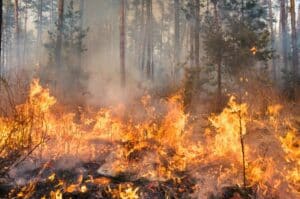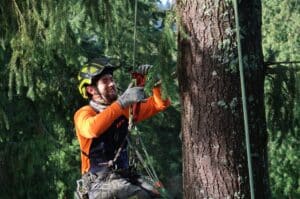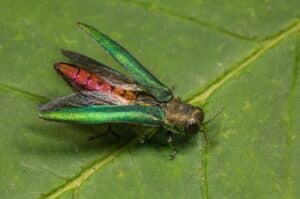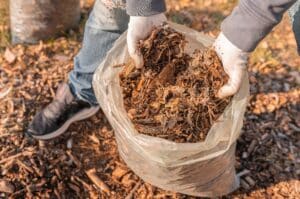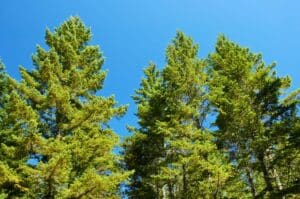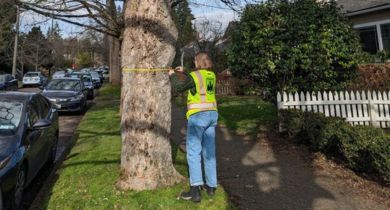5 Tips to Prevent Storm Damage to Your Trees
Seattle witnessed the biggest snowfall in 50 years this month, and trees certainly felt the impact. High volumes of snow and strong winds caused branch and whole tree failure, impacting roadways, sidewalks, utility wires, and properties. Follow these steps to keep both your home and the public safe. Pruning:
Seattle witnessed the biggest snowfall in 50 years this month, and trees certainly felt the impact. High volumes of snow and strong winds caused branch and whole tree failure, impacting roadways, sidewalks, utility wires, and properties. Follow these steps to keep both your home and the public safe.

- Pruning: Pruning is the best option to mitigate the risk of branch failure. The selective thinning of dead and weakly attached limbs can prevent failure to cars, pedestrians, and your house. If your tree has a lean, consider end weight reduction cuts to correct its symmetry, and reduce the chance of whole tree failure when the snow piles up.
- Install a dynamic cabling and bracing system: Cables and braces are a great solution for helping your trees remain sturdy in a storm. Cables are installed in trees that have weak branch unions, enforcing tree stability through tension and reducing the risk of failure during windstorm events.
- Avoid topping: Topping is the removal of large limbs or cuts to the trunk to reduce the height of a tree. This is considered a malpractice by arborists, as it can increase the likelihood of branch failure. Response growth to topping is often weakly attached wood that can break easily in a storm. Consider crown thinning or tree removal instead.
- Mulch: With increased rainfall and snowfall, the soil can become over-saturated, impacting root and trunk stability. Placing wood chips or another type of mulch around the base of your trees can reduce soil saturation and help your trees stay standing.
- Removal: While this is often the least desirable outcome, removal is always an option to eliminate risk to your property. Consider creating a wildlife snag to reduce risks to your property while still retaining a habitat for wildlife.
By taking these actions now, you can help ensure that your trees and property are safe during storm season. Together, we can keep our urban trees safe, and our infrastructure clear of debris. Contact us today for a professional arborist’s assessment of what is best for your trees and property.

Recent Articles
Looking for More?
We've got you covered with tips, resources, updates, how-to's, and other helpful information about trees and landscapes in Seattle, Puget Sound, and King County, WA. Join the thousands of smart local residents who get the monthly newsletter from Seattle Tree Care for helpful information you won't want to miss!
There's no spam - we promise! We are committed to keeping your e-mail address confidential. We do not sell, rent, or lease our contact data or lists to third parties.


